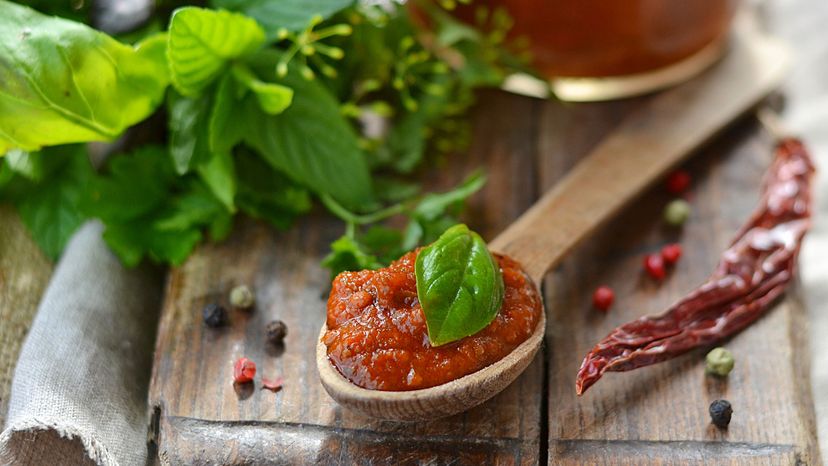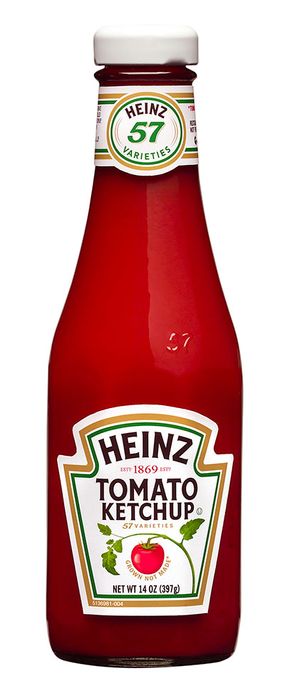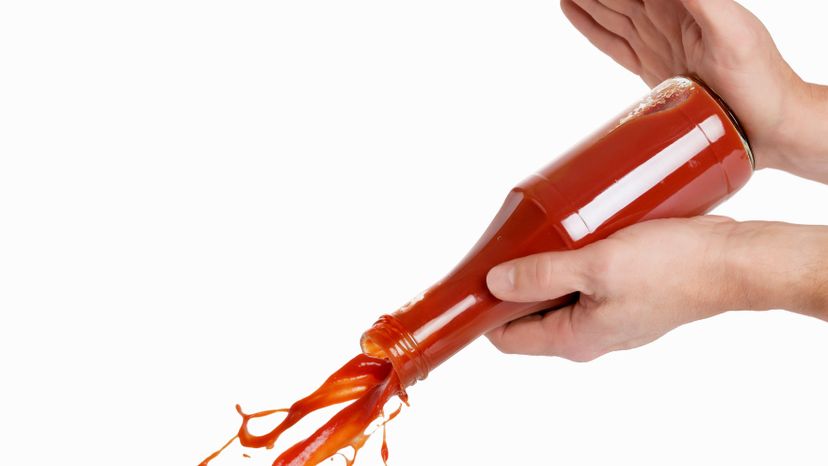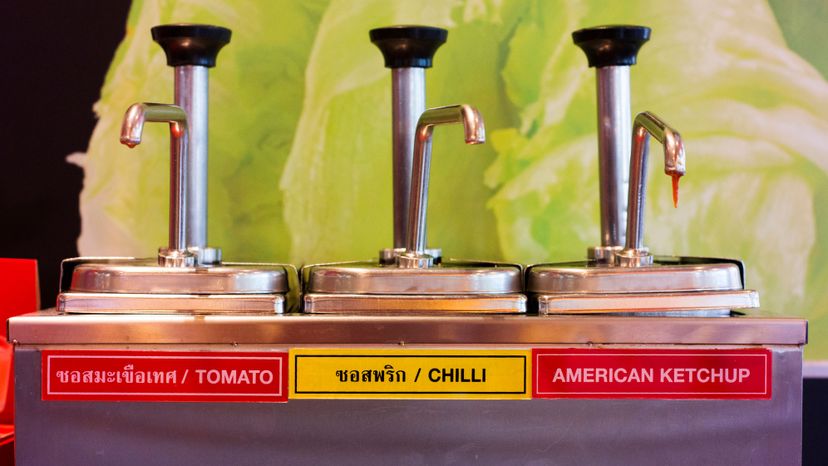
About 97 percent of Americans have a bottle of ketchup in their kitchens [source: Newman]. With such a devoted fan base, you'd think ketchup was a U.S. invention. Far from it. Ketchup, or ke-tchup as it was originally called, was first created in Asia. The earliest recipe on record was found in China, dating from 544 C.E. and was a recipe for preserving fish. Ketchup took a winding route to North America, traveling first to Europe in the 1600s via Dutch- and English-flagged ships. By the mid-18th century, ketchup was a British staple [sources: Gandhi, Bratskeir]. But it wasn't the condiment you might know.
The original ke-tchup was a spiced sauce made from various items such as anchovies or lemon, but not tomato. The addition of tomatoes didn't happen until America's colonial period — tomatoes are a plant native to North America. After the Civil War, tomato-based ketchup became entrenched in American society [sources: Gandhi].
Advertisement
Originally, Americans used ketchup as an ingredient in foods such as pies and sauces. They also ladled it onto meat, fish and poultry during cooking, much like barbecue sauce. It wasn't until the early 20th century that ketchup was reinvented as a condiment, when hot dogs, hamburgers and french fries entered the American diet [source: Smith].
Today, Kraft Heinz (formerly the H.J. Heinz Company) is the world's biggest ketchup producer, selling more than 650 million bottles of the sauce annually [source: Higginbotham]. Heinz controls more than 60 percent of the U.S. ketchup market and 29 percent of the world market [source: Financial Post].
Tomato ketchup has been the standard in the U.S. since the late 1800s. In 2004, Malcolm Gladwell wrote an article for The New Yorker asking why so many varieties of mustard exist, yet ketchup hadn't changed much over the past 100 years. The answer, he said, was that ketchup (as perfected by Heinz) appealed to all five fundamental tastes on the human palate: sweet, salty, sour, bitter and umami. "How many things in the supermarket run the sensory spectrum like this?"Gladwell wrote.
That's not to say no company has ever innovated its ketchup recipe. You can find it in flavors such as jalapeño, balsamic vinegar, and caramelized onion and bacon. There are ketchup-flavored chips on grocery store shelves, and Baskin-Robbins even once flirted with ketchup-flavored ice cream [source: Nelson]. Thankfully, that one never left the test labs. One's love of ketchup does have its limits.
Advertisement



